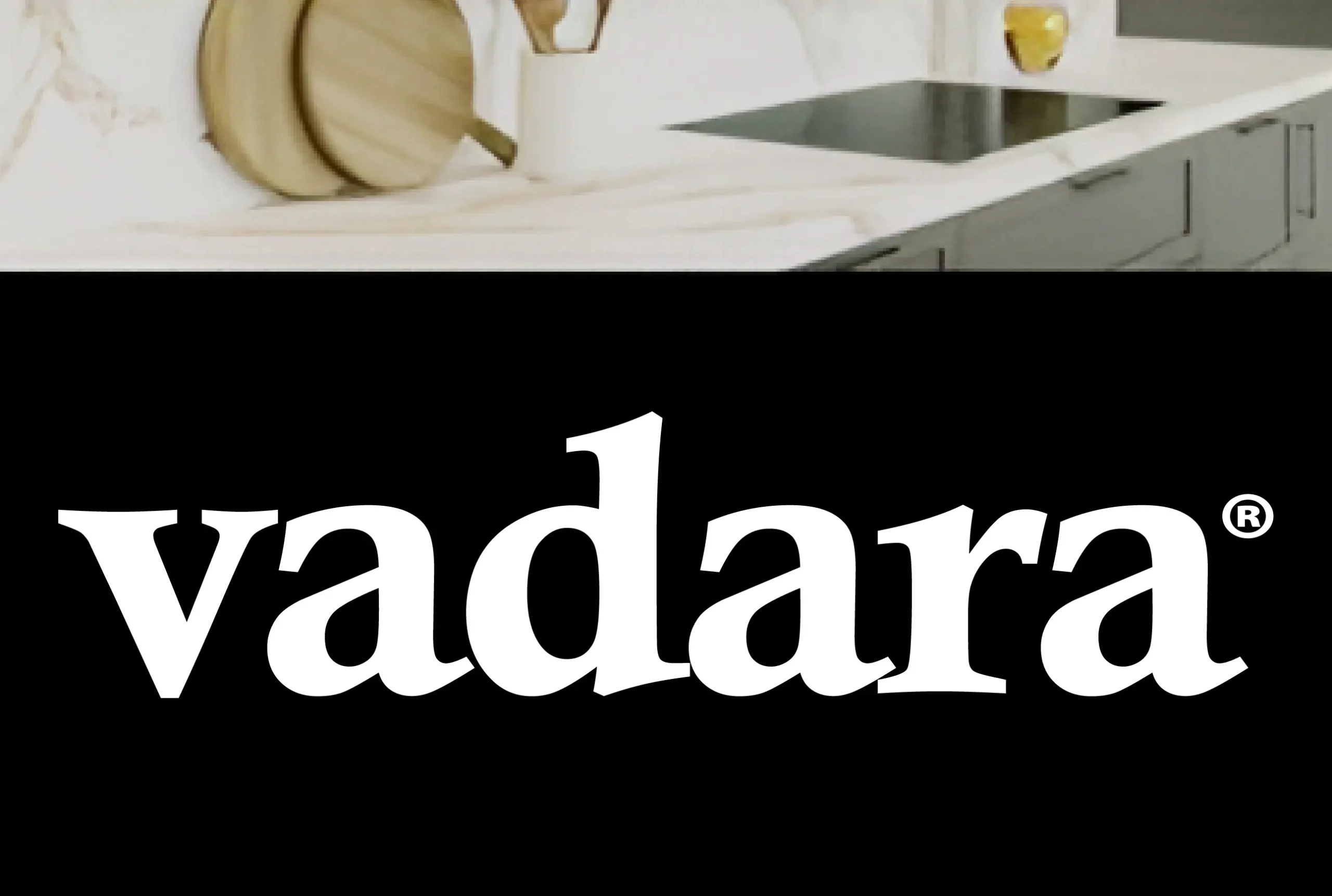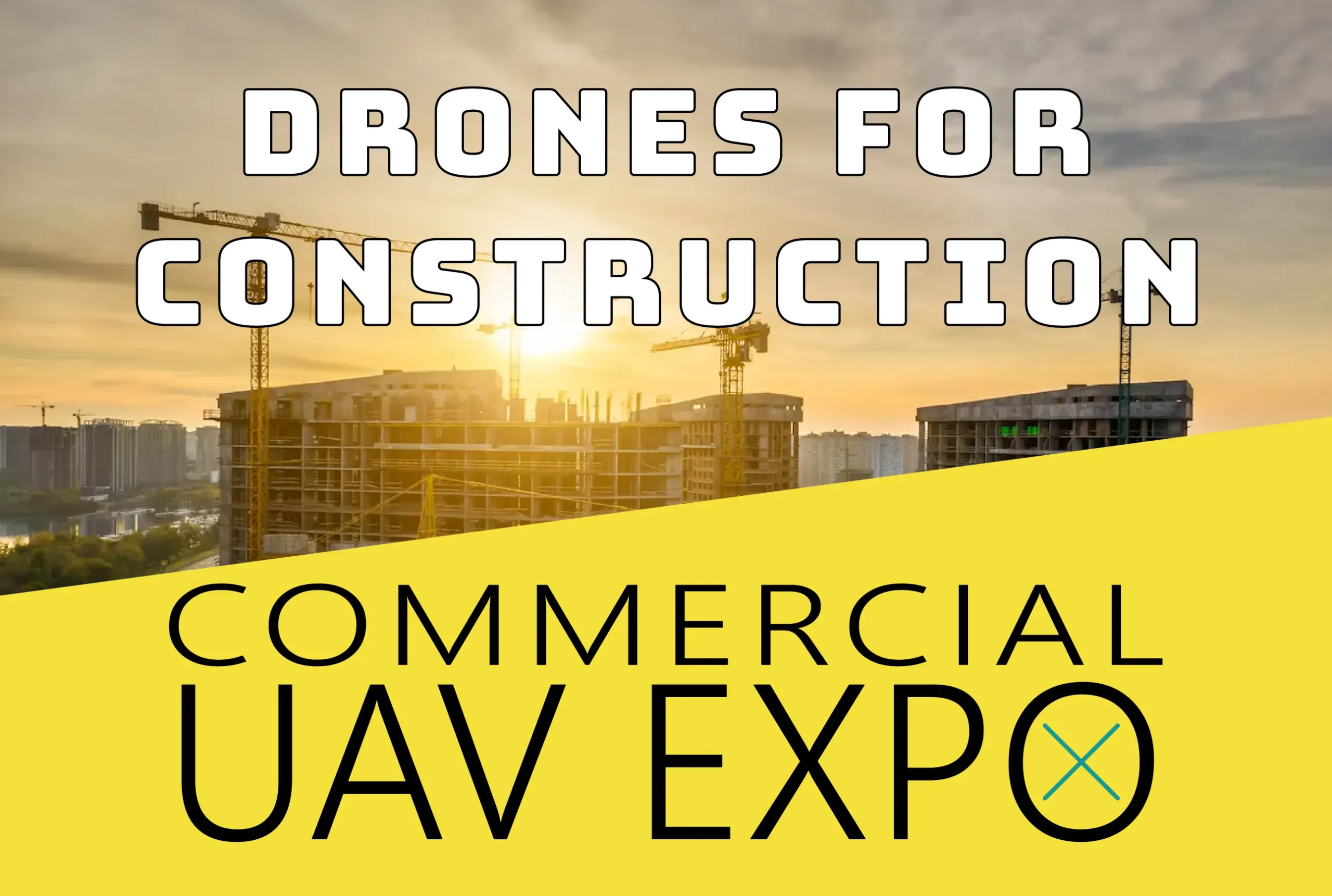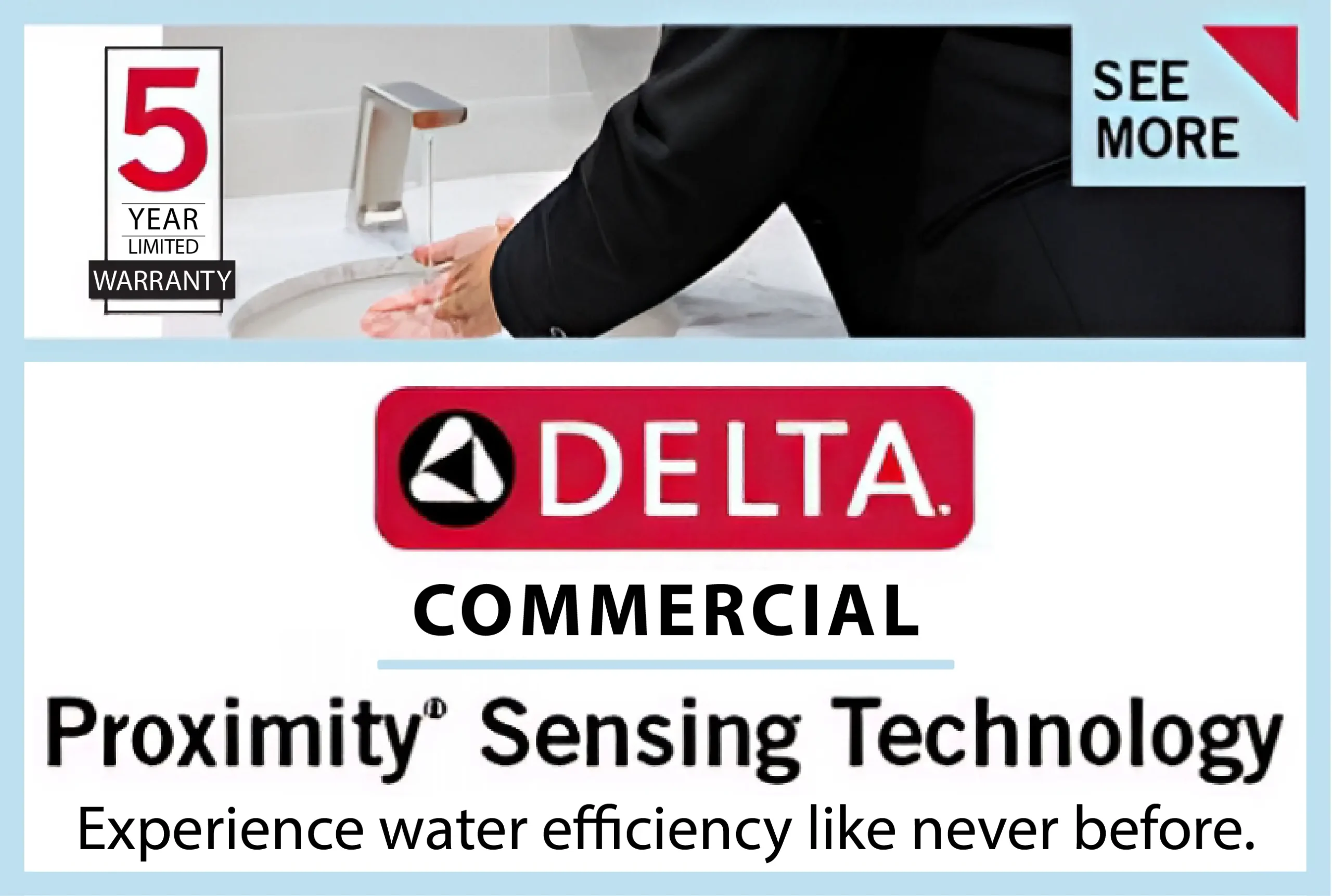It’s well known that the surface of outdoor tennis courts has a significant impact on the bounce of a tennis ball. The International Tennis Federation (ITF) oversees and categorizes these various Tennis Surfacing according to their theoretical speed.
What are the advantages and disadvantages of different tennis court surfaces?
What Is the Best Tennis Surface?
Tennis is one of the most well-known sports in the world, with a lengthy history in sports. Tennis courts are growing more inventive as time goes on. It currently features several different court surfaces. Each kind of court surface has its own set of traits, advantages, and disadvantages that might influence how the game is played.
Hard Courts
The most frequent tennis court surface is the hard court. Tennis clubs, professional tournaments, and public facilities such as resorts and hotels all utilize it. A hard court, unlike the other primary kinds of courts, is very simple to clean and maintain.
Pros
- For tennis players with powerful forehands, hard courts are perfect.
- This court is ideal for those who have large serves and love hitting fast-moving balls.
Cons
- A hard surface court is very taxing on the joints, especially for seasoned players. When playing tennis, though, it is typical for players to have joint pain.
- On a hard court, the game moves faster, demanding you to move rapidly as well.
Grass Tennis Court Surfaces
The quickest tennis court surface to play on is a grass court. However, this kind of court surface is not as popular, especially today.
Grass courts are not as common as other court surfaces due to their significant care requirements.
Pros
- The soft surface of grass courts makes it simpler for players to move about.
- The ball bounces steadily on a fresh grass tennis court. Players must recognize, however, that handling a ball that strikes the racquet is far more difficult than normal play.
Cons
- The grass-court balls bounce very low, allowing you more time to adjust. Even more so if you’ve just recently switched to it.
- To strike the ball effectively, players must make an additional effort to bend their knees throughout the game.
Carpet Courts
Carpet Court is mostly utilized in cold climates for indoor facilities. It is the least well-known sort of tennis court surface. Furthermore, it is not utilized in big tennis competitions.
Pros
- The carpet tennis court is speedier than the hard tennis court.
- This court is better suited to players with a lot of joint strength and power.
Cons
- The bounce of a ball struck on a carpet court is usually relatively low.
- To play the game on this court, the players must bend their knees the majority of the time.
As you can see, the sort of court you play on has a significant impact on how the ball bounces, your power and pace, and the style of game you may anticipate. It makes sense to experiment with all of these surfaces to better your overall game. However, many players find this difficult to achieve.











